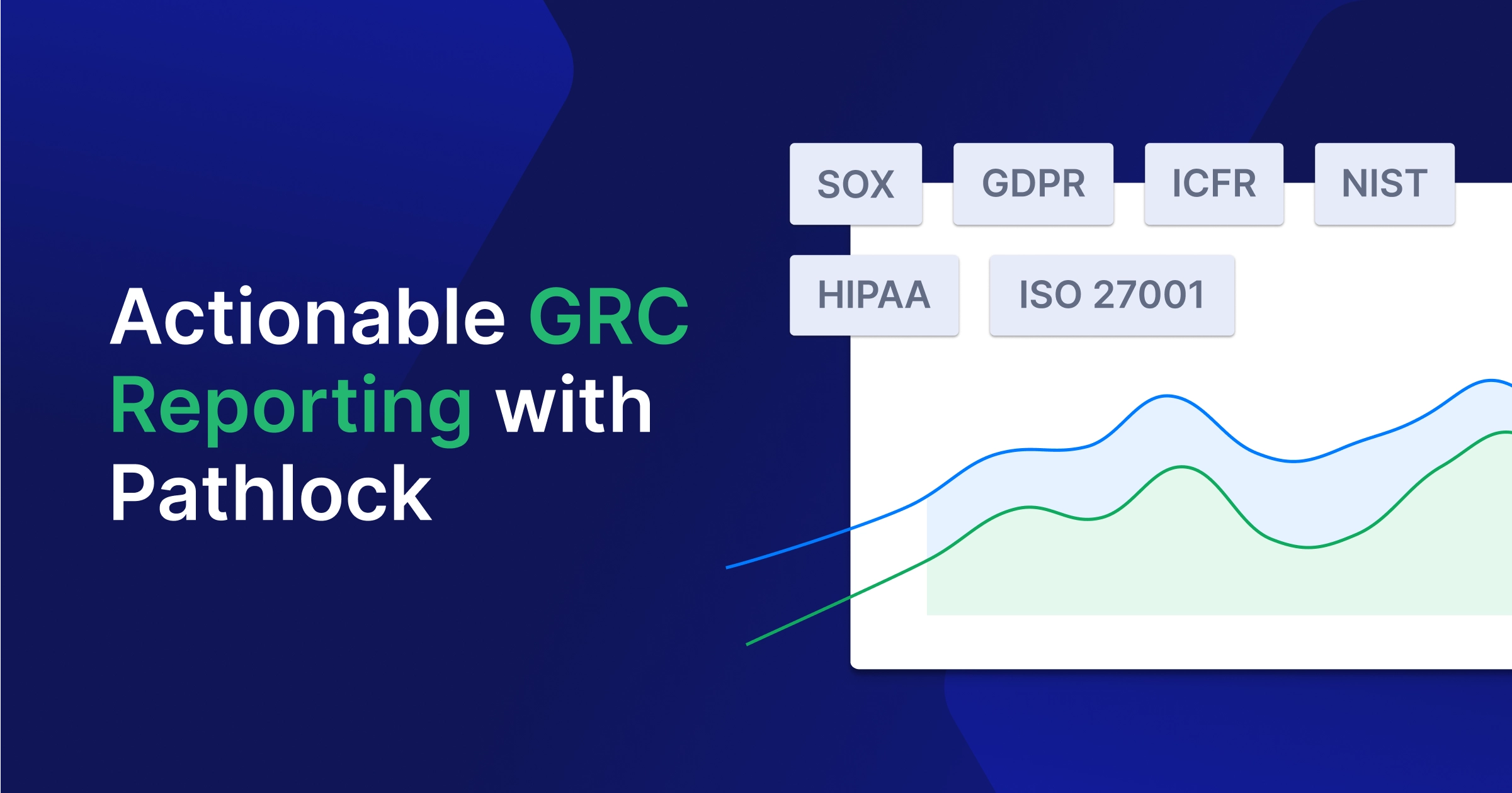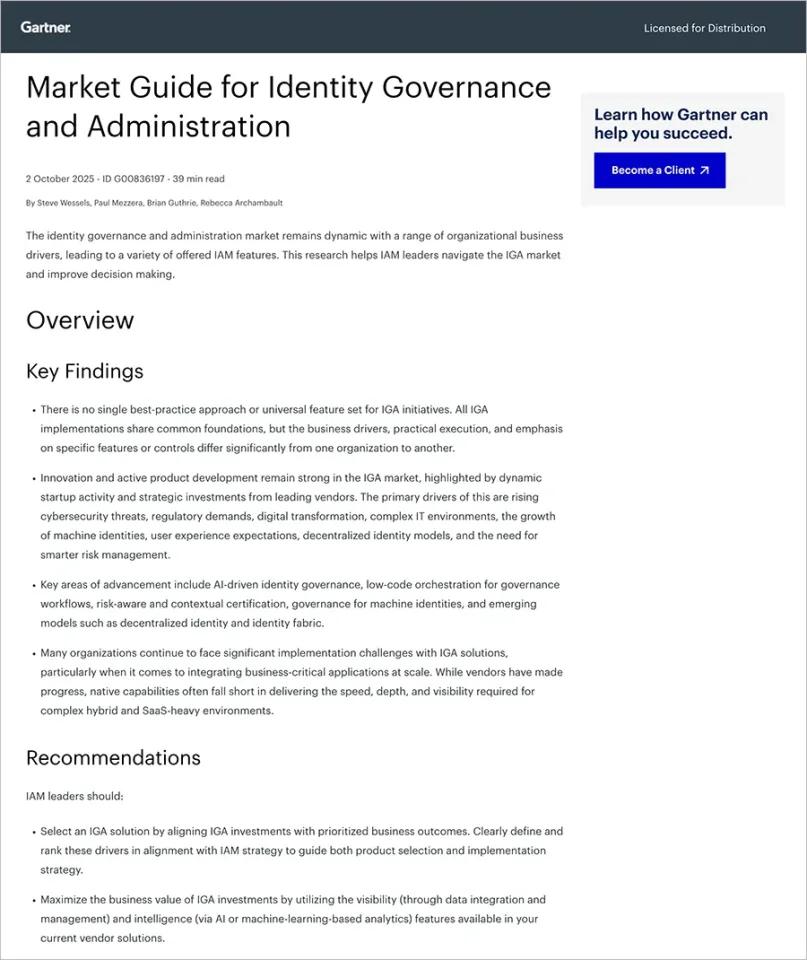The Problem: Drowning in False Positives, Missing Real Risk
Risk and compliance programs are broken. Despite massive investments, most organizations are still overwhelmed by endless alerts—false positives, duplicated violations, and “risks” that, in reality, pose no real threat. Every quarter, teams manually approve thousands of access requests, review redundant SoD violations, and comb through tickets that rarely matter. The result? People stop paying attention. Manual reviews become rubber stamps. And while the process feels thorough, it doesn’t reduce risk-it just adds work.
This is only getting worse. With the rise of AI agents and non-human identities (NHIs), access decisions will multiply. So will the complexity of what these agents can do and how they behave. Static rules and checklists can’t keep up. We’re staring down a future where security teams will be asked to govern more identities, with less time, and more noise.
A Familiar Pattern: What ITOM Learned the Hard Way
This isn’t a new story. IT operations faced the same problem 20 years ago. Back then, systems triggered alarms like “CPU > 90%” without context or correlation. Ops teams suffered from alert fatigue and missed real outages. As environments grew-virtualization, microservices, ephemeral containers-the old static thresholds broke. The industry shifted.
They moved to an observability model: continuous metrics, logs, and events captured in real time. Context-aware platforms used machine learning to find anomalies, surface what changed, and collapse redundant signals into coherent incidents. ITOM became proactive, not reactive.
Risk and identity governance need to follow the same path.
The Solution: Identity Observability / Business SIEM
To get there, we must treat identity risk like an observability problem-rooted in data, driven by context, and amplified by AI.
Here are the core ingredients:
- Unify the Data Plane
- Collect from all relevant sources: access logs, usage telemetry, HRIS, ERP transactions, configuration states, ticketing systems, and policy changes.
- Structure this data into a canonical schema that reflects business objects-users, roles, processes, documents.
- Map to Business Processes
- Use process mining to uncover real workflows: hire-to-retire, procure-to-pay, quote-to-cash.
- Tie identity signals to these processes to understand impact. A SoD violation in a dev sandbox isn’t the same as one in a production payroll system.
- Context Fusion and Correlation
- Correlate what a user can do, did do, and was allowed to do over time.
- Merge similar alerts into a single incident tied to a root cause. This alone can cut noise by over 80%.
- Infuse AI
- Let models explain why an alert matters in plain language.
- Identify behavioral anomalies across users and roles.
- Prioritize based on business risk: potential revenue disruption, regulatory impact, or customer trust-not raw event severity.
- Auto-suggest remediation (e.g., rollback access, lock account, notify HR) the way ITOM platforms now offer root-cause insights and rollbacks.
Impact: Why This Matters for Organizations
This shift isn’t just about efficiency-it changes how risk is managed across the business.
- Prioritization: Risks are scored by business impact, not technical severity.
- Fewer Manual Approvals: AI summarizes and explains issues in context, reducing the need for human intervention.
- Faster Incident Response: Grouped incidents and contextual timelines accelerate investigations.
- Business-Led Decisions: Executives, process owners, and non-technical stakeholders can understand what happened and why it matters-without decoding technical logs.
- Real-Time Compliance: Continuous controls replace quarterly snapshots. Audits move from spreadsheet marathons to instant evidence retrieval.
Why It’s Exciting
This isn’t just a better UI or smarter alerting-it’s a fundamental shift in how identity and risk are governed:
- From static checklists to live telemetry
- From siloed tools to unified graphs of access and action
- From generic alerts to personalized, contextual risk scoring
- From reactive approval queues to predictive risk mitigation
We’ve seen this transformation before-in IT operations, observability redefined how systems are monitored. Identity observability will do the same for access governance and risk management.
With AI at its core, and business context driving every decision, this approach doesn’t just promise better protection-it delivers clarity, speed, and trust in a world of accelerating digital complexity.



